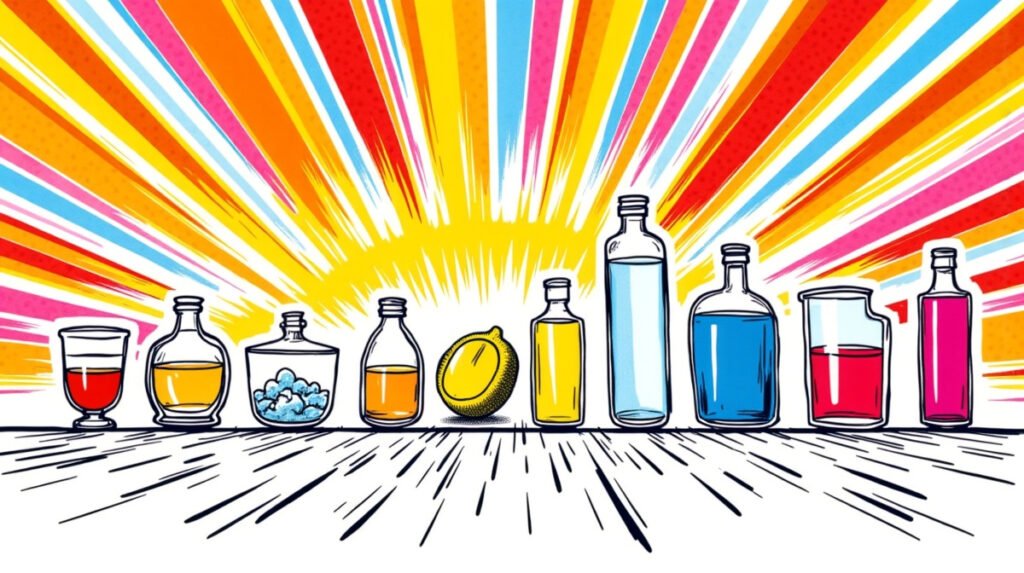Have you ever wondered about the science behind how your laundry gets clean? It’s a great question that gets to the heart of how cleaning products work. When it comes to the query, “is laundry detergent an acid or a base,” the answer is clear and consistent.
Laundry detergent is a base, which is also known as alkaline. This property is not an accident; it is the key to its powerful cleaning ability against everyday dirt and stains. This guide will explain the simple science behind it.

Understanding the pH Scale (Acids vs. Bases)
To understand why detergent is a base, we first need to look at the pH scale. The pH scale measures how acidic or basic a substance is, ranging from 0 to 14.
- pH of 7: This is considered neutral. Pure water is a perfect example.
- Below 7: This range is acidic. Common examples include vinegar (pH of 2-3) and lemon juice (pH of 2).
- Above 7: This range is basic, or alkaline. Examples include baking soda (pH of 8-9) and soap (pH of 9-10).
Most laundry detergents fall between 8 and 11 on the pH scale, placing them firmly in the alkaline category.
Why Being a Base is Key to Cleaning Clothes
Detergent is formulated to be alkaline for a very specific reason: most of the stains we get on our clothes are acidic.
1. It Neutralizes Acidic Stains Think about common stains: food spills, sweat, grass, and body oils. These are all acidic in nature. As explained by the American Cleaning Institute, the alkaline properties of laundry detergent work to neutralize these acidic stains.
This chemical reaction breaks down the fats and oils, making them water-soluble so they can be easily lifted from the fabric and washed away.
2. It Boosts the Power of Cleaning Agents Detergents contain molecules called surfactants. In a slightly alkaline environment, these surfactants become more efficient at grabbing onto dirt, lifting it from the fabric, and trapping it in the wash water until it can be rinsed away.
3. It Helps Soften Water Many detergents include alkaline “builders” (like sodium carbonate, also known as washing soda). These ingredients help to soften hard water by reacting with minerals like calcium and magnesium.

When the water is softened, the detergent can focus all its power on cleaning the clothes.
So, Do Acids Have a Place in Laundry?
While the main wash requires an alkaline environment, acids do have a useful role in the laundry process—just not at the same time as detergent.
A mild acid like distilled white vinegar is often added to the final rinse cycle (in the fabric softener dispenser). It helps to break down any remaining alkaline detergent residue and mineral deposits, leaving clothes feeling softer.
Because it’s added during the rinse, it doesn’t interfere with the detergent’s cleaning power during the wash.
The Bottom Line: Laundry detergent is a base (alkaline), and this property is essential for its ability to effectively break down and remove the acidic oils and soils that make up most common stains.

